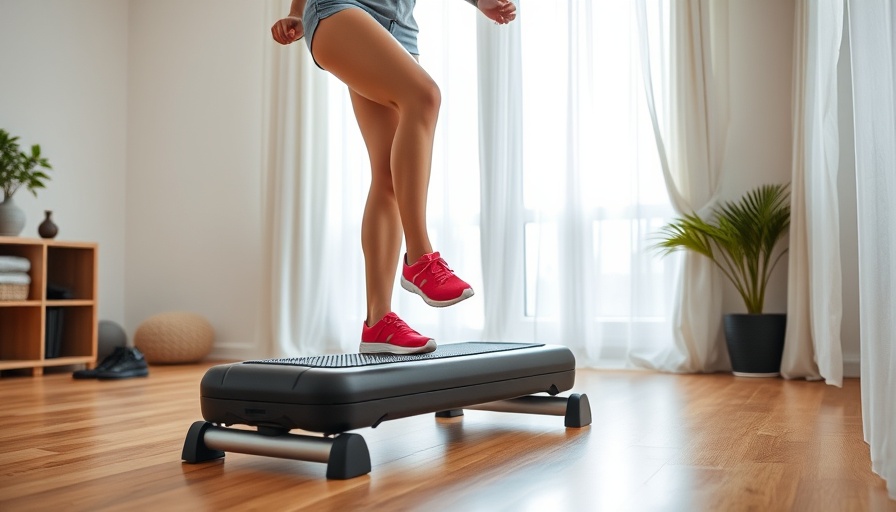
Understanding Diamond Push-Ups: Benefits and Techniques
For members of the SDA faith community, maintaining physical health is often intertwined with spirituality and holistic well-being. Diamond push-ups, a variation of traditional push-ups, not only strengthen the upper body but also engage the core, offering a dynamic exercise that promotes both health and resilience. These push-ups, which are performed by placing one's hands close together under the chest, form a diamond shape, target the triceps, chest, and shoulders effectively. In this article, we delve into the numerous benefits of diamond push-ups and provide a detailed guide on how to incorporate them into your fitness routine.
In Form Review: Diamond Push-Ups, the discussion dives into essential techniques and benefits of this exercise, exploring insights that sparked deeper analysis on our end.
The Impact of Diamond Push-Ups on Spiritual and Physical Growth
Engaging in physical activities such as diamond push-ups can have profound benefits beyond just building muscle. These exercises can be a form of meditation in motion, grounding individuals in their physical bodies while also focusing the mind. Many followers of the SDA faith community emphasize the importance of taking care of the body as it is considered a temple. By incorporating diamond push-ups into your routine, you not only build physical strength but also nurture a deeper connection to your faith and your body.
Step-by-Step Guide to Perfecting Your Form
To perform a diamond push-up, start in a plank position with your hands placed directly under your chest, fingers touching to form a diamond shape with thumbs and index fingers. Your body should form a straight line from head to heels. Lower your body until your chest nearly touches your hands, keeping your elbows close to your sides, then push back up to the starting position. Ensure your core is tight throughout the movement to maintain proper alignment and avoid injury. Mastering the correct form not only maximizes the exercise's benefits but also prevents potential injuries.
Common Misconceptions About Diamond Push-Ups
Some may believe that diamond push-ups are too challenging for beginners or that they exclusively target the triceps. While the variation does primarily engage the triceps, it effectively works multiple muscle groups, making it suitable for various fitness levels. Beginners can modify the exercise by starting on their knees or reducing their range of motion. Emphasizing that adaptation and progression are part of a fitness journey is essential for those within the SDA community who may feel discouraged or intimidated by rigorous workouts.
Cultivating Community Through Fitness
In addition to personal fitness, engaging in exercises like diamond push-ups can foster a sense of community within the SDA faith. Group workouts or wellness challenges encourage shared growth and accountability, reinforcing bonds among members. Fitness classes that incorporate spiritual discussions can create an inviting atmosphere where participants feel valued and motivated.
Incorporating Diamond Push-Ups into Daily Life
Finding ways to incorporate fitness into daily routines is vital for busy members of the SDA community. Simple adjustments, such as fitting in a set of diamond push-ups during breaks or before morning prayers, pave the way for a healthier lifestyle. Additionally, sharing fitness routines on social media platforms connects those with similar faith values and fitness goals, creating a supportive network.
Long-term Health Benefits: More than Just Exercise
Engaging in regular exercise, particularly a strength-building exercise like diamond push-ups, leads to numerous long-term health benefits. Strengthening key muscle groups can help improve posture, reduce the risk of injury, and enhance overall body functionality. This not only contributes to physical wellness but also boosts mental clarity, enabling better focus on spiritual practices and everyday challenges.
Future of Fitness in the SDA Community
The SDA community is increasingly recognizing the importance of fitness not just for health but as a vital part of spiritual well-being. As more individuals incorporate exercises like diamond push-ups into their lives, we can anticipate a cultural shift toward a holistic approach to health that uplifts both the body and spirit. Changes in fitness trends, especially in faith-based contexts, signify a growing understanding that caring for one’s body is also caring for one’s spiritual journey.
The video titled Form Review: Diamond Push-Ups showcases the intricacies of this exercise, prompting us to consider how it can play an essential role in our fitness routines. Emphasizing proper form, the video serves as a valuable resource for anyone looking to build strength and improve their overall fitness.
 Add Row
Add Row  Add
Add 




Write A Comment